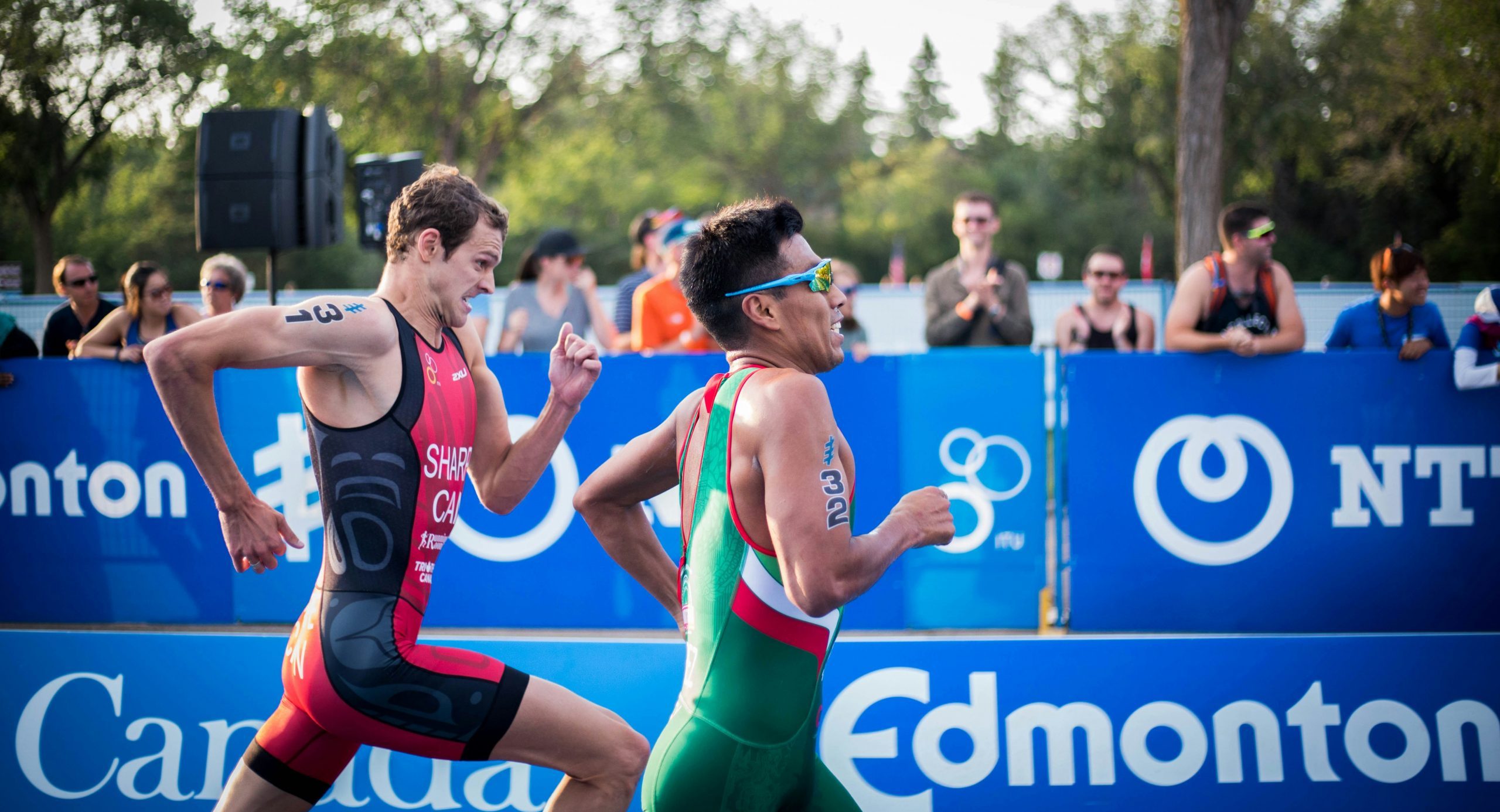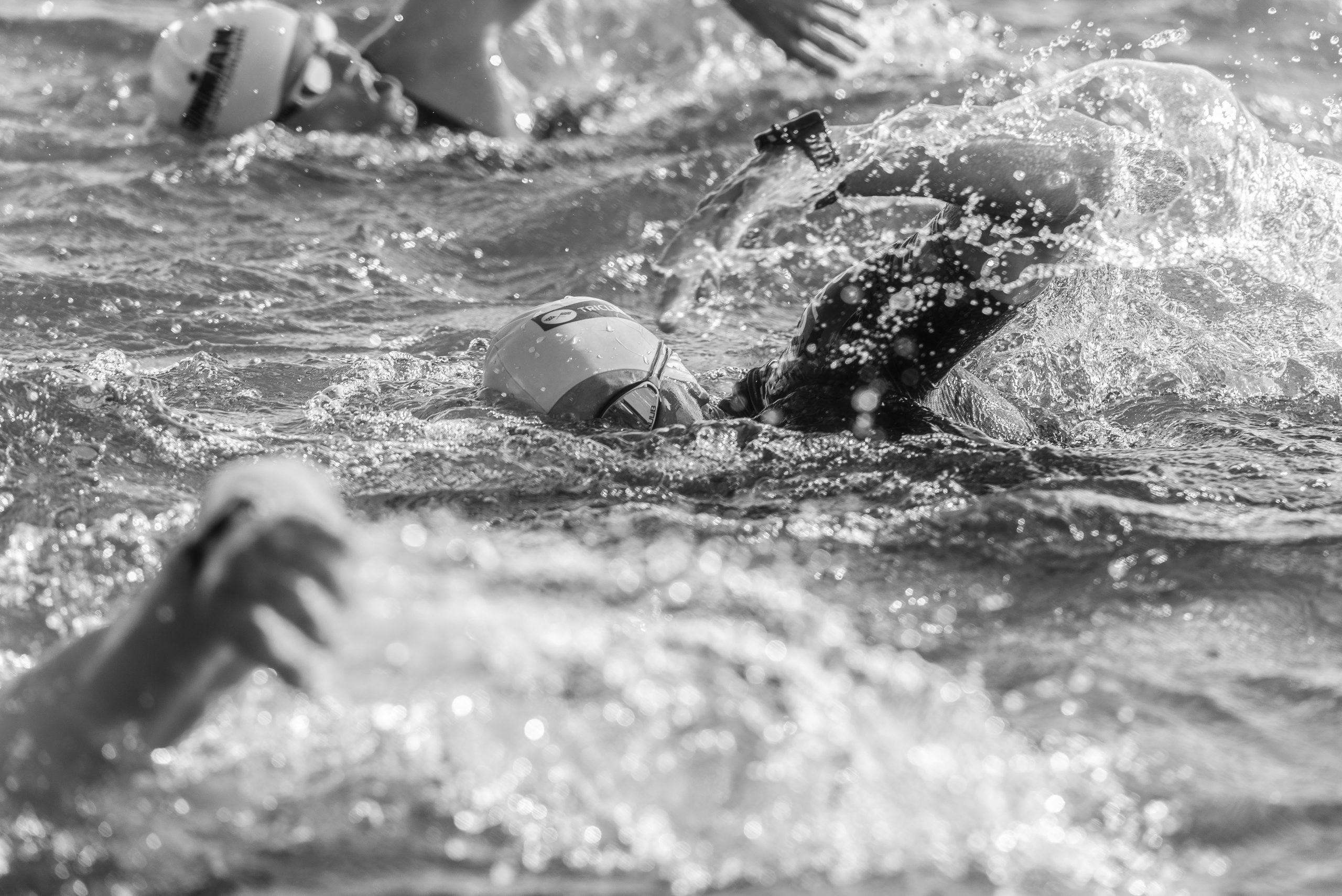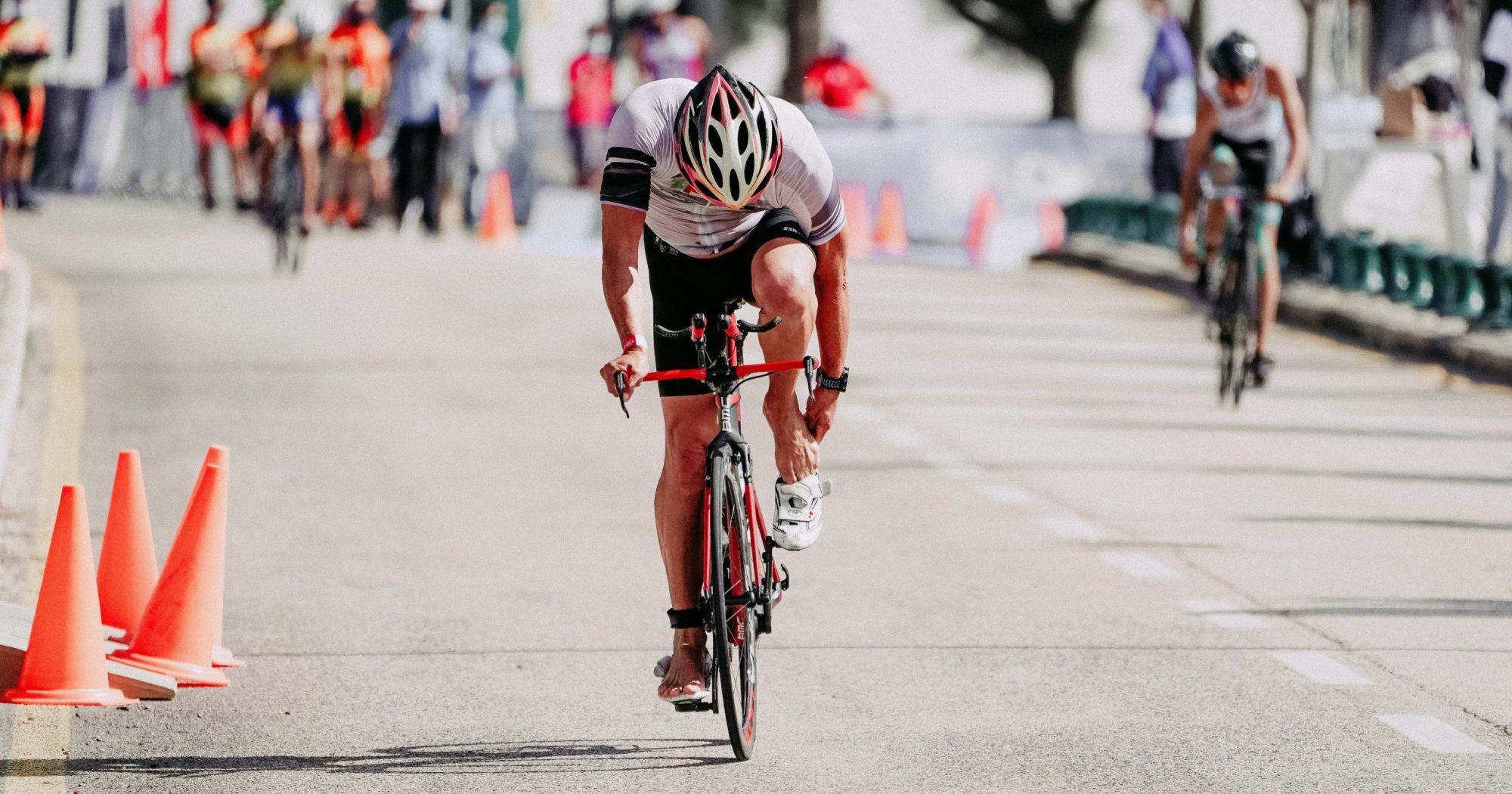Triathlon is one of the most challenging sports in the Olympics. The athletes participating in the triathlon are challenged in three distinct disciplines: swimming, cycling, and running. The Olympic distance triathlon includes 1500m of swimming, 40km of cycling, and 10km of running, all done in succession.
The sport premiered at the 2000 Olympics in Sydney and has been a regular feature since. A mixed relay event was added at the Tokyo 2020 Games, which will return to the Paris 2024 Games.
Team GB has won eight medals in triathlon at the Olympics, making it the most successful nation in this sport.
Below, we give a snapshot of why Great Britain dominates this challenging sport and the Team GB athletes expected to bag a medal in Paris.
Team GB Triathlon Olympic Medal Tally
Great Britain made its debut in Triathlon at the Sydney Olympics 200 with six athletes. It failed to do much in its first three Olympic outings. However, the GB Olympics triathlon team created history in the next three Olympics.
Team GB has secured two gold, one silver, and two bronze medals at the Games. To date, no other nation has succeeded in winning both the men’s and women’s individual events at the same Games. Switzerland and Great Britain are the only two nations to have won medals in both men’s and women’s individual events.

Top Athletes
Team GB has seen great success in triathlon, with standout performers like brothers Alistair and Jonathan Brownlee, Alex Yee, Georgia Taylor-Brown, and Jess Learmouth achieving medals at the recent Olympic Games.
At the London 2012 Olympics, Team GB achieved their very first triathlon medals in a remarkable fashion, with the Brownlee brothers securing gold and bronze medals respectively, in front of their home crowd.
At Rio 2016, Team GB achieved several milestones. Alistair Brownlee secured back-to-back gold medals, solidifying his position as the most successful Olympic triathlete. His brother, Jonathan, also stood on the podium, earning a silver medal.
Alistair is the only athlete to have won the Olympic triathlon twice, in 2012 and 2016, establishing him as the most successful Olympic triathlete. His brother Jonathan achieved a unique feat by winning three medals in three consecutive Games – bronze in 2012, silver in 2016, and gold in the inaugural team relay in 2020, making him the most decorated Olympic triathlete and the only three-time medalist.
Additionally, Vicky Holland made history as Britain’s first female Olympic medallist in triathlon, claiming the bronze just ahead of her teammate Non Stanford.
At the Tokyo Olympics, a mixed relay race was introduced. Teams of two men and two women competed in a race that included a 300m swim, 8 km cycle, and 2 km run before passing the baton to a teammate.
The team of Jessica Learmonth, Jonathan, Georgia, and Alex helped Great Britain win the Gold medal in the mixed relay race. The USA won the silver medal, while France won the bronze medal.
GB Olympic Triathlon Team for Paris 2024
Triathlon is set to return for the Paris Olympics, featuring the swim discipline in the iconic Seine river. A new mixed relay format will be introduced, requiring a female competitor to cross the finish line.
The five triathletes for Great Britain were selected through a rigorous process. In November last year, Beth Potter and Alex were the initial two triathletes chosen for the team. Potter, a 31-year-old triathlete, competed for Team GB in the 10,000m event at the Rio Olympics 2016 before transitioning to triathlon a year later. She had to learn how to excel in three disciplines instead of just one. Potter won the last World Triathlon Championship Series event of the season, which secured her the world title and an Olympic quota.
Potter is the current top-ranked athlete in the world, even though she faced a challenging Olympic debut in Rio, marred by illness. She completed the 10,000m event in 34th place, with a time that was just 22 seconds faster than her performance in the final leg of the World Triathlon Championship Series event of the season.
Georgia Taylor-Brown, Kate Waugh, and Sam Dickinson are the remaining three triathletes in Team GB’s five-athlete triathlon team for the Paris 2024 Olympics.
At the Tokyo Olympics, Georgia experienced a puncture during the bike leg, but she is now set to compete in her second Olympic Games with the goal of improving upon her individual silver medal. Meanwhile, Waugh and Dickinson will be making their Olympic debuts in Paris.
Jonathan, aged 34, had hoped to demonstrate his readiness for the Paris Olympics by participating in the World Triathlon Series in Yokohama in May. However, his performance fell short as he finished in 38th place, meaning he could not secure a spot on the triathlon team for the upcoming Games.
This is Great Britain’s first Olympic triathlon team without a Brownlee since the Athens Games in 2004.

The 2024 Olympic Triathlon Explained
Athletes will cover a total distance of 51.5km. This includes a 1.5km swim, a 40km bike ride, and a 10km run. They begin the triathlon with a mass start. Swimming is usually the first event in this game. Once the signal is given by a blasting horn, competitors rush towards the water. They can use any stroke to propel forward and may even pause. Swimming is always the first sport from a safety perspective. Exhaustion can pose a risk of drowning, so the swimming leg is always kept first.
This year, the swimming will commence on a floating pontoon below the Pont Alexandre III bridge. Athletes will swim through the River Seine, covering two laps (910m for the first lap and 590m for the second lap).
Once, the swimming concludes, athletes get to a transition area to prepare for the bike race. All equipment used during the triathlon, including bikes and helmets, is placed within the track to save time. In this year’s Games, athletes will have to climb 32 stairs – a first in the history of the Olympic Games – to get to the transition area.
From there, athletes will bike seven laps of 5.715 km. They will ride along the Avenue Winston Churchill, and pass the Grand Palais and the Petit Palais. The route also covers scenic spots like the Champs-Elysées and the Avenue Montaigne. The cyclists will then cross the Seine by the Pont des Invalides and reach the Quai d’Orsay. From there, they will head for the Boulevard Saint-Germain, before returning to the banks of the Seine via the Rue du Bac.
The third leg is running on the Champs-Elysées with a spectacular finish on Pont Alexandre III.


